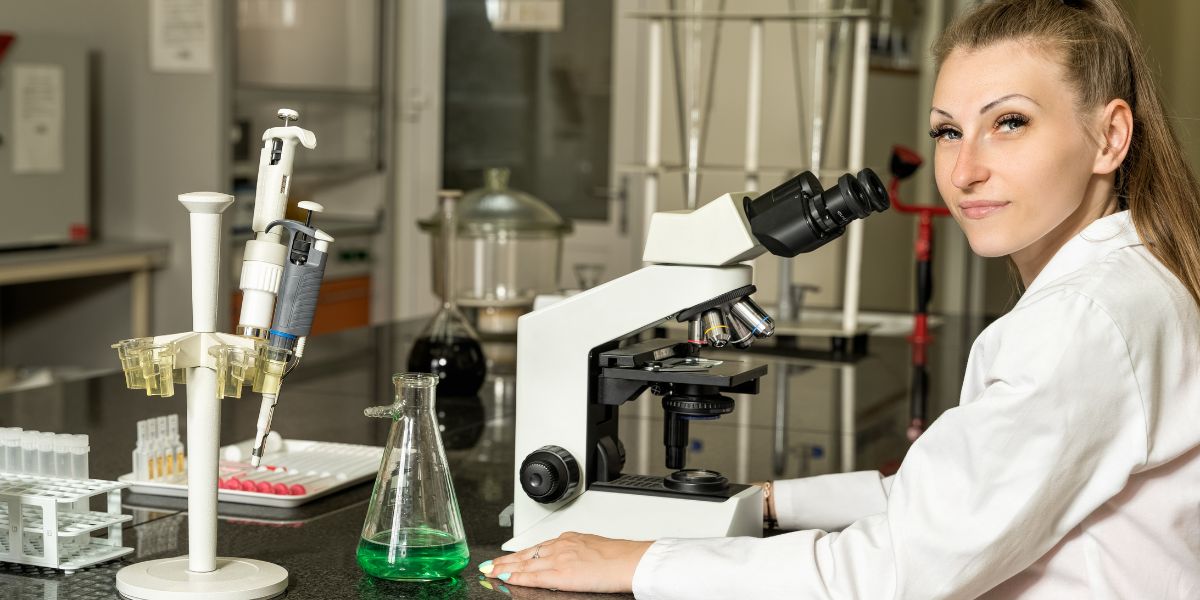
When it comes to exploring the world through lenses, the distinction between compound and digital microscopes goes beyond just their appearances. The way these two instruments operate and the results they yield can significantly impact your scientific endeavors. Understanding the intricate details behind their optical mechanisms, imaging capabilities, user interfaces, and application versatility might just reshape how you perceive microscopic exploration. As you venture into this discussion, prepare to uncover the nuances that set these tools apart and decide which one aligns best with your research needs.
Optical Mechanism Variances
When comparing compound and digital microscopes, the optical mechanisms exhibit distinct variations in how they function. Compound microscopes use a series of lenses to magnify the specimen, allowing you to view it through the eyepieces. These microscopes rely on a light source beneath the stage to illuminate the specimen, which then passes through the lenses for magnification.
On the other hand, digital microscopes utilize a camera to capture images of the specimen, which are then displayed on a monitor or screen in real-time. This allows for easy viewing and sharing of the magnified images without the need to look through eyepieces.
Additionally, compound microscopes typically have a higher magnification capability than digital microscopes, making them ideal for viewing smaller specimens in greater detail. However, digital microscopes offer the advantage of being able to capture images and videos for documentation and analysis purposes. By understanding these differences in optical mechanisms, you can choose the microscope that best suits your needs and preferences.
Imaging Capabilities Distinctions
To further distinguish between compound and digital microscopes, it's important to explore the distinct imaging capabilities each type offers. Compound microscopes utilize a series of lenses to magnify the image of a specimen, providing high magnification levels, often up to 1000x or more. This allows for detailed examination of tiny structures like cells and bacteria. The image produced by a compound microscope is viewed directly through the eyepieces, offering a traditional and tactile viewing experience.
On the other hand, digital microscopes have a camera built into the device that captures images of the specimen. These images are then displayed on a monitor or screen, enabling easy viewing and sharing with others. Digital microscopes often have lower magnification capabilities compared to compound microscopes but offer the advantage of digital image capture and analysis. Additionally, digital microscopes can sometimes provide features like image and video recording, measurements, and image editing tools, enhancing the overall imaging experience.
User Interface Varied Features
User interfaces of compound and digital microscopes exhibit diverse features that cater to different user preferences and needs. When using a compound microscope, you typically interact with physical knobs and dials to adjust focus, magnification, and illumination. These tactile controls offer a hands-on experience and are preferred by users who appreciate the traditional feel of microscopy.
In contrast, digital microscopes often feature user-friendly interfaces with on-screen menus and touch controls. This modern approach appeals to users who prefer a more intuitive and tech-savvy interaction.
Digital microscopes may also offer additional features such as image capture, measurement tools, and software integration directly through the user interface. These capabilities provide convenience and efficiency for users who require advanced functionalities. On the other hand, compound microscopes focus on providing a straightforward and reliable user interface for essential microscopy tasks without the added complexities of digital features.
Ultimately, the choice between the two types of microscopes depends on your specific needs and preferences regarding user interface design and functionality.
Applications and Versatility Comparison
Comparing the applications and versatility of compound and digital microscopes reveals distinct advantages and limitations in various scientific settings. Compound microscopes are commonly used in biology, medicine, and material sciences for observing small specimens at high magnifications. Their ability to provide detailed images of cells, tissues, and microorganisms makes them indispensable tools in research laboratories and educational institutions.
In contrast, digital microscopes offer enhanced versatility by allowing users to capture and display images and videos directly on a computer or digital device. This feature makes digital microscopes ideal for applications requiring image documentation, analysis, or sharing, such as quality control in manufacturing, forensic analysis, or educational demonstrations.
While compound microscopes excel in providing high-resolution images for detailed observation, digital microscopes offer the convenience of digital connectivity and image processing capabilities. Understanding the specific requirements of your scientific work will help you choose the microscope that best suits your needs and enhances your research capabilities.




